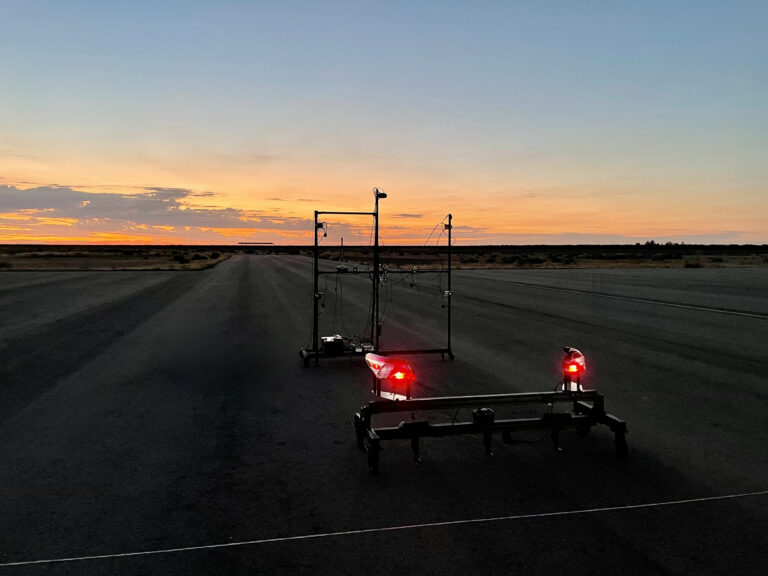Test consultancy Dynamic Research Inc (DRI) has developed new testing capabilities for adaptive driving beams (ADB), as the latest legislation from the National Highway Traffic Safety Administration (NHTSA) allows the technology to be used in the US market for the first time.
The implementation of ADB headlights is a response to a study by the Insurance Institute for Highway Safety (IIHS) that revealed a 56% increase in pedestrian deaths after dark between 2009 and 2016. ADB technology allows high beams to be continuously used, with the direction and intensity automatically adjusting to prevent glare from dazzling surrounding traffic, improve visibility for drivers and illuminate VRUs like pedestrians.
The NHTSA revised its FMVSS 108 headlight standard to accommodate ADB technology, and introduced a new test procedure to evaluate headlight performance.
“DRI has a close working relationship with NHTSA as an approved contractor for ADAS verification testing and often supports the creation and improvements of new protocols,” said Nadine Wong, DRI director of track testing.
To facilitate this testing, DRI has upgraded its test capabilities at its Minter facility in California, to now include the development of in-house lighting and sensor rigs to conduct dynamic tests.
During testing, the vehicle is maneuvered through various driving scenarios while the lighting rig replicates surrounding vehicle headlights and tail-lights. Luminance sensors positioned to simulate the driver’s perspective measure lux levels to assess the effectiveness of ADB technology in reducing glare. DRI has also developed post-processor software to evaluate test results.
Wong added, “The combination of our bespoke test equipment and the smooth paving on our proving ground, which is critical to ADB testing, means we are perfectly placed to help OEMs and Tier 1 suppliers ensure they are ready to meet these latest regulations.
“As an independent consultancy, OEMs can work with DRI to not only test and develop their ADB systems but also generate the necessary data to self-certify for the updated legislation.”
The updated protocols have been completed for European and Japanese OEMs.
For more active safety news, please click here.


